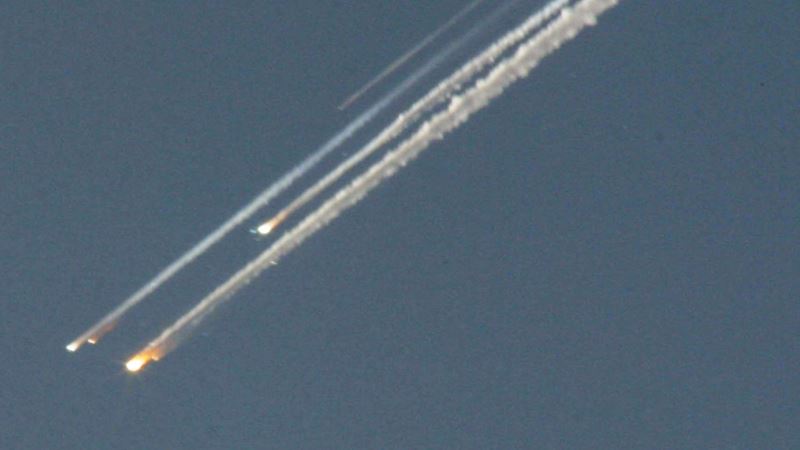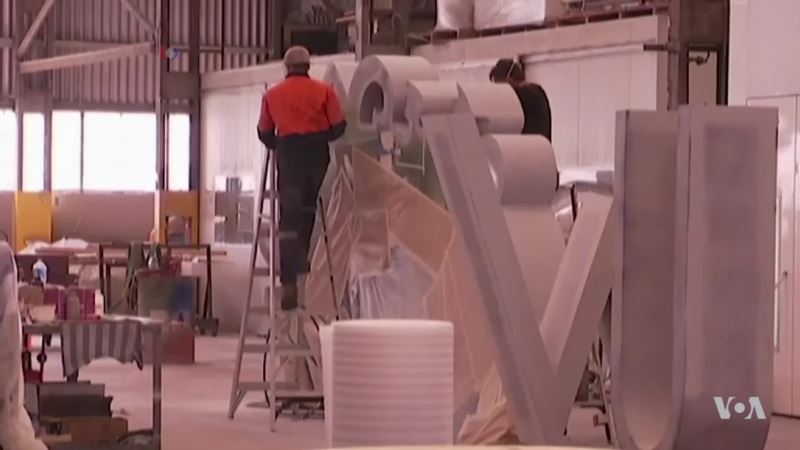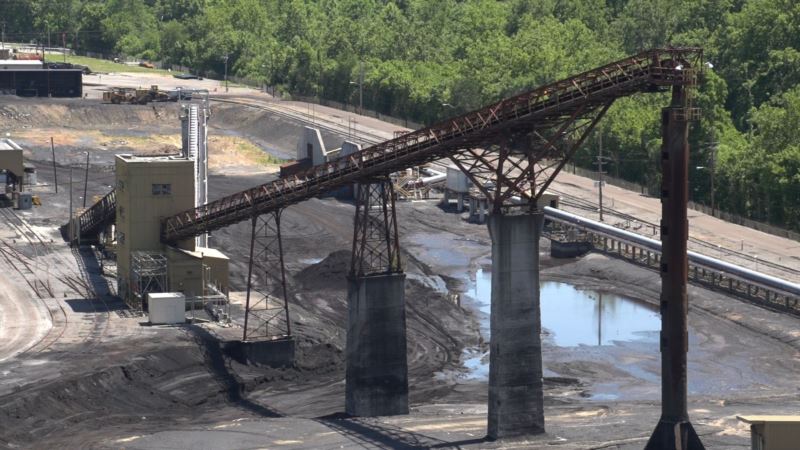It happened in the morning hours, 14 years ago Wednesday, over the skies of Texas. The U.S. space agency NASA had finally recovered from the 1986 Challenger disaster and was thought to be back on track, when disaster struck once again. This time it was the Space Shuttle Columbia, which had taken off on its latest mission on Jan. 16 in what appeared to be a perfect liftoff. But upon reentering the Earth's atmosphere that February morning, Columbia disintegrated in a matter of minutes, sending streaks of smoke and debris across the sky. The Columbia Accident Investigation Board was appointed to probe the reasons behind the disaster. Seven months later, the board released its findings. As to why the Space Shuttle blew apart, it was discovered that just 80 seconds into the shuttle's launch, a piece of foam insulation broke off from the shuttle's propellant tank, hitting its left wing and creating a hole that proved deadly for those on board when their spacecraft re-entered the Earth's atmosphere. Much of the blame lay inside NASA, which was found to have ignored the dangers of space flight. It was a lapse in the agency's safety culture that ultimately led to the Columbia tragedy, according to the investigators. More specifically, the report revealed that NASA engineers were aware of the foam damage that occurred during takeoff, but their concerns were dismissed by agency management and nothing was done to try to repair the shuttle during its 16-day mission. But investigators reported that it may well have been possible either for the Columbia crew to repair the damage to the wing, or for the crew to be rescued from the shuttle under several scenarios. As a result of Columbia, NASA's space shuttle program was grounded until July 16, 2005, when Space Shuttle Discovery was put into orbit.
This Day in History: Space Shuttle Columbia Disaster Stuns NASA






